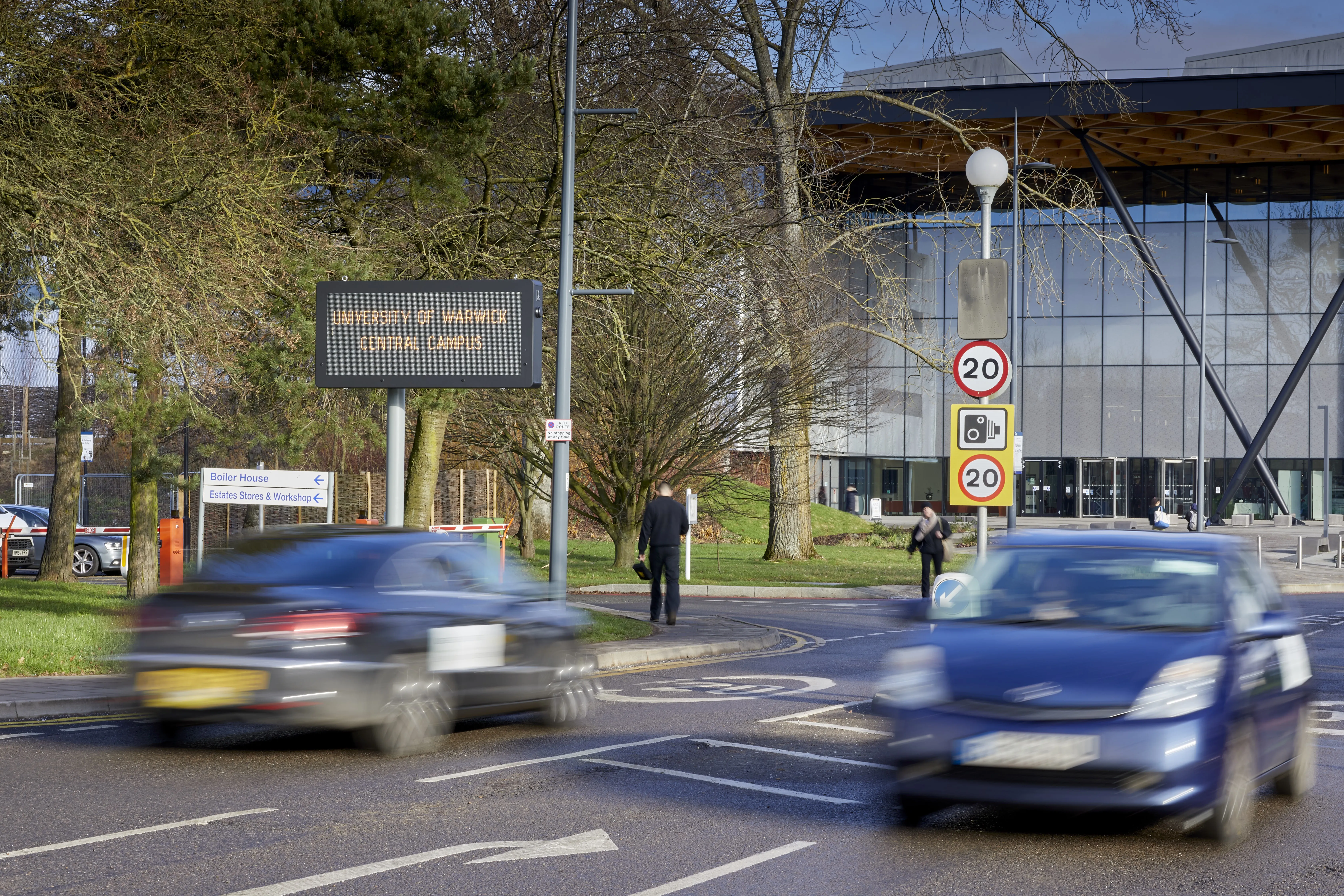UK local authority Bath and North East Somerset Council is installing state-of-the-art traffic electronic messaging signs around the outskirts and within Bath to provide better travel information for drivers entering the city. The variable message signs (VMS) will provide a range of information including incidents, events, car park space availability, and encourage motorists to use Park and Ride – all from the Council’s existing traffic control room at the touch of a button. The improvements to driver infor
May 20, 2013
Read time: 2 mins
UK local authority Bath and North East Somerset Council is installing state-of-the-art traffic electronic messaging signs around the outskirts and within Bath to provide better travel information for drivers entering the city.
The variable message signs (VMS) will provide a range of information including incidents, events, car park space availability, and encourage motorists to use Park and Ride – all from the Council’s existing traffic control room at the touch of a button. The improvements to driver information are part of the Bath Transportation Package which is upgrading the city’s transport system to tackle congestion and provide the infrastructure necessary to support new homes and jobs.
Over the coming months, eight VMS will be installed at key locations outside the city and six more centrally located direction signs which will show car parking availability.
Councillor Caroline Roberts, Cabinet Member for Transport, said, “Up to the minute traffic information is a crucial part of Bath & North East Somerset Council’s plan to manage congestion hot spots.
“The sooner drivers are aware upon approach to Bath of an incident on the network, space availability at our expanded Park & Ride sites, or busy events taking place, the sooner they can make an informed decision about their next course of action and avoid clogging-up a traffic hot spot even more.”
The first VMS are due to be operational in late summer 2013 and the full network of signs is anticipated to be up and working later in the year in. The outer VMS are sized to ensure drivers can read the information easily whilst on the move. The inner signs are being integrated with existing road signage where appropriate to rationalise and improve clarity of signage, reflecting the Government’s guidance to reduce street clutter.
The variable message signs (VMS) will provide a range of information including incidents, events, car park space availability, and encourage motorists to use Park and Ride – all from the Council’s existing traffic control room at the touch of a button. The improvements to driver information are part of the Bath Transportation Package which is upgrading the city’s transport system to tackle congestion and provide the infrastructure necessary to support new homes and jobs.
Over the coming months, eight VMS will be installed at key locations outside the city and six more centrally located direction signs which will show car parking availability.
Councillor Caroline Roberts, Cabinet Member for Transport, said, “Up to the minute traffic information is a crucial part of Bath & North East Somerset Council’s plan to manage congestion hot spots.
“The sooner drivers are aware upon approach to Bath of an incident on the network, space availability at our expanded Park & Ride sites, or busy events taking place, the sooner they can make an informed decision about their next course of action and avoid clogging-up a traffic hot spot even more.”
The first VMS are due to be operational in late summer 2013 and the full network of signs is anticipated to be up and working later in the year in. The outer VMS are sized to ensure drivers can read the information easily whilst on the move. The inner signs are being integrated with existing road signage where appropriate to rationalise and improve clarity of signage, reflecting the Government’s guidance to reduce street clutter.









